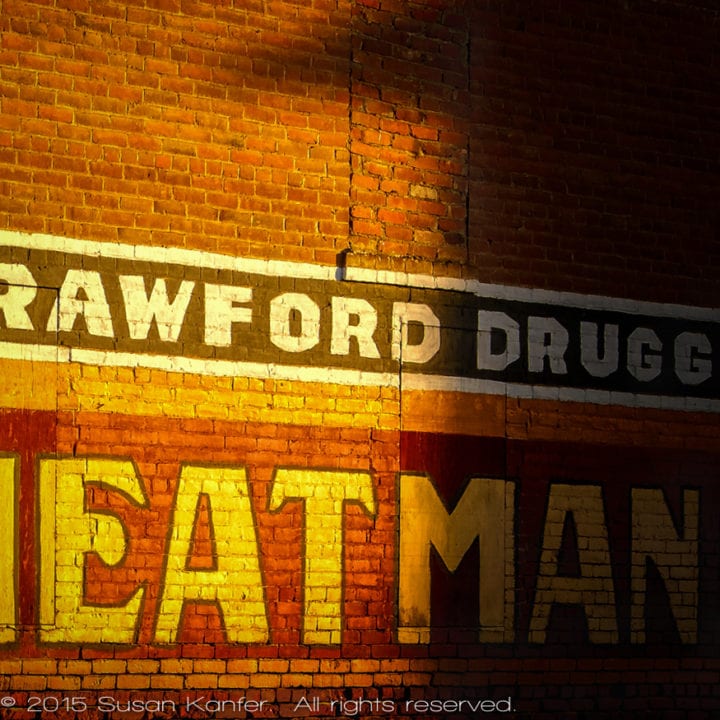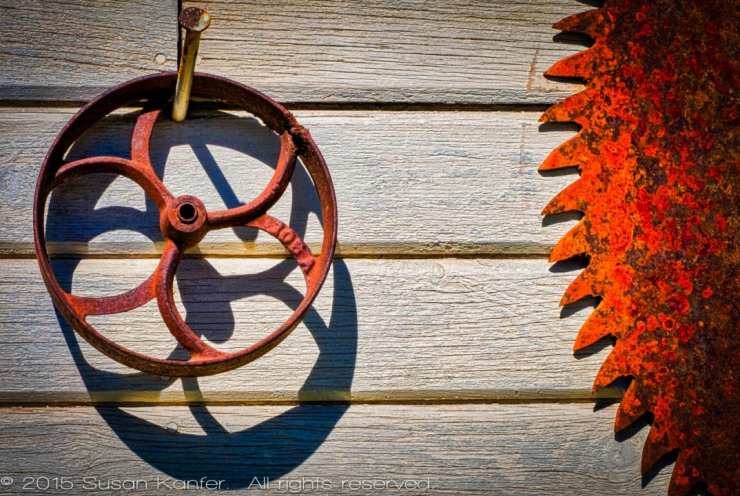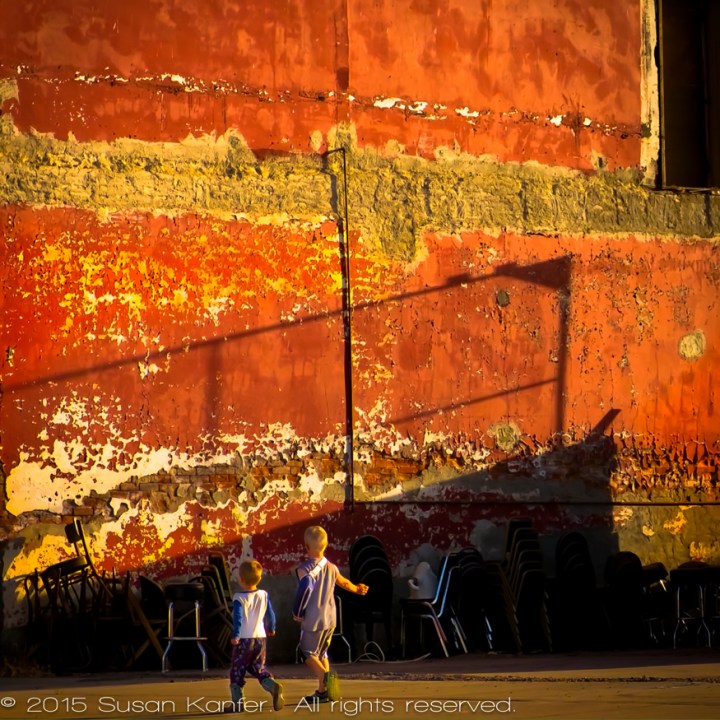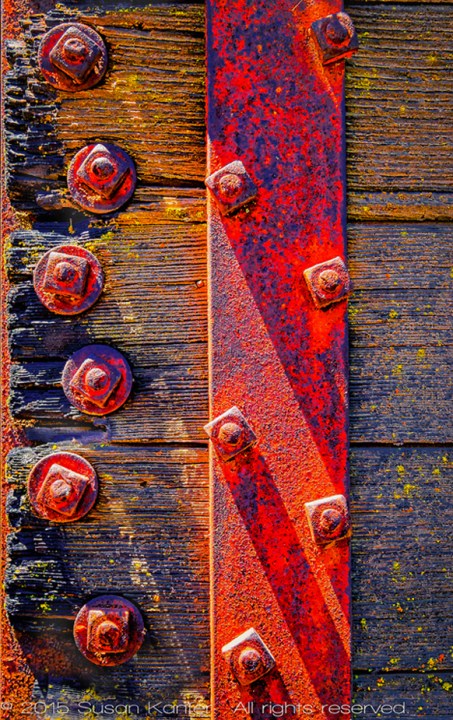Shadows define an image. They are transformative, a paintbrush in a photographer’s hand, giving us the ability to use light to sculpt a three dimensional image from a two dimensional reality.
Shadows in the Palouse region
I traveled to the Palouse agricultural region, primarily in Washington and Oregon, to photograph shadows. Shadows on undulating fields of crops, buildings, farm equipment, train cars and tracks, and on old cars. The funny thing is — I didn’t realize I was visiting the Palouse to shoot shadows until after I arrived and started to photograph.

The Palouse becomes magical at sunrise and sunset, when the landscape is chiseled by the shadows of rolling hills and ever-changing clouds. The grand vistas offer an equally grand set of photography options.
It is important to focus your artistic eye and be mindful of the composition in framing your image. Identify your subject. Is it a red barn in the distance, or something more abstract? Consider the elements of design such as leading lines, shapes, patterns and color. Where is your horizon, if you are including it in your image? Use the rule of thirds as a guideline. Don’t rely on the beauty of the scene alone to make your photograph.
We had hot days in the Palouse, with a strong, relentless sun and few clouds. Not the best time of day to photograph. After rising early to photograph the sunrise, many photographers pack it in to tour with family or friends, go take a nap or run errands.
If you are one who wants to keep shooting, you could look for open shade or go indoors to shoot. You could photograph very close up and crop out distractions like a blown out sky. You could try some macro shots, using a diffusing screen to soften the light. Or, you could embrace the strong light of the day and draw your attention to shadows.
Making the best of the shadows during the worst time of day
Palouse has lots of rusted, old farm equipment and wheels to photograph. Take the below image of two wheels hanging on the outside of a building. The harsh shadows mirror one wheel to accentuate the form, and add depth, against the building. The repeating circular pattern is a dynamic design element, integral to the composition.
Shadows between the planks of wood on the building emphasize straight lines, leading the eye from one wheel to the other. Textures are enriched by side-lighting. Without the strong, contrasty light this would have been a totally different image.

Hardware on the walls of old buildings are a treasury of designs. The image below left was also shot in a very strong midday sun. Colors are accentuated by the sunlight. Shadows form repeating diagonal lines, reveal textures and add depth to the existing pattern already formed by the nuts, bolts and metal plate.
.mgl-tiles { display: none; } #mgl-gallery-634eda3222a62 { margin: -5px; width: calc(100% + 10px); } #mgl-gallery-634eda3222a62 .mgl-box { padding: 5px; } @media screen and (max-width: 768px) { #mgl-gallery-634eda3222a62 { margin: -5px; width: calc(100% + 10px); } #mgl-gallery-634eda3222a62 .mgl-box { padding: 5px; } } @media screen and (max-width: 460px) { #mgl-gallery-634eda3222a62 { margin: -5px; width: calc(100% + 10px); } #mgl-gallery-634eda3222a62 .mgl-box { padding: 5px; } }


Shadows can also be used strategically, to highlight the subject matter and to mask elements that clutter the composition of the image. I purposely waited for the shadow on the above right image to move across and hide the chairs. I particularly liked the outline and shape of the shadow. Once the shadow was properly placed, I waited for something interesting to happen. To my delight these two children walked along, with the setting sun highlighting them very nicely.
The next time you go out to photograph, even in your own backyard, make a checklist for the day of types of shadows to photograph. Leading lines, patterns, shadows that emphasize texture or add depth, etc. Then, go out and find and shoot the shadows on your list. Train your eye and brain to see textures, patterns, shapes and subjects in a new light.
Tell your story with the second annual Visual Storytelling Conference!
Experience four days of interactive, online training sessions featuring a range of educational content with experienced photographers and content creators. This free event kicks off with a series of technical boot camps to build essential skills, followed by live, online sessions on photography, video, business and social media. Join live from March 10-13, 2022!
